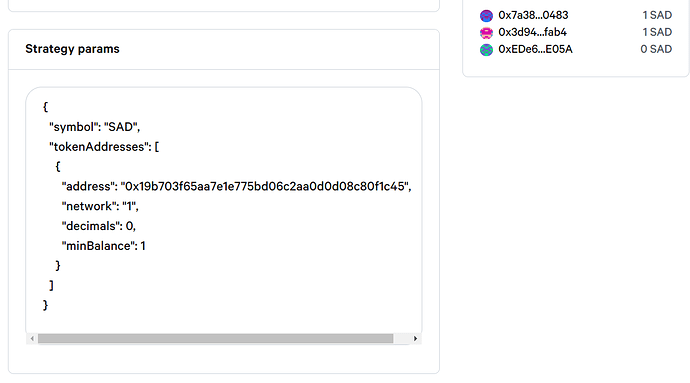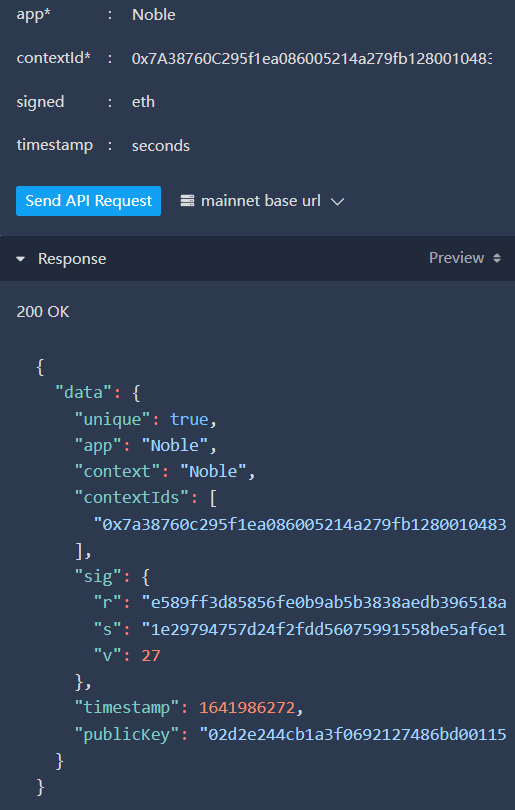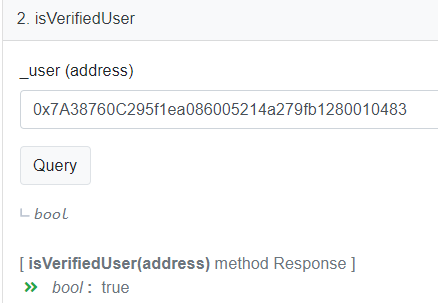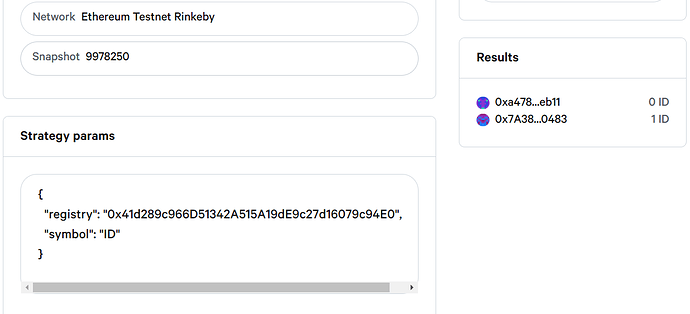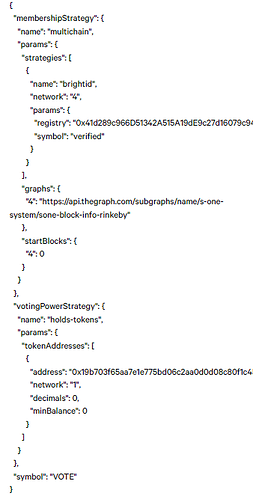---------Warning: Technical Thread-------
As I’m doing some research on Snapshot.org, I realised while using a basic erc-721 voting strategy (where 1 SAD NFT = 1 vote) may be okay for Listeners’ voting, Voters’ voting is a lot more complicated.
You can find basic definitions of Listener & Voter here.
Since for Voters, you need to own at least 1 SAD NFT AND be verified with BrightID, technically we can use the existing BrightID strategy (where 1 verified BrightID = 1 vote) and a modified version of the basic erc721 strategy (originally where 1 NFT = 1 vote, modified to 1+ NFT = 1 vote).
I did more research in the process of writing this thread, turns out we can use hold-tokens strategy for said “modified erc721 strategy”, here’s the strategy overview:
And here’s an example, where any balance of SAD nft greater than 1 is considered a vote.
The first address is mine (holding 3 SAD nfts), second is @jonathanmann 's address (holding obviously 1+ SAD nfts), third address is just a random test address.
Correction: The field “minBalance” should be set to 0 for 1+ NFT holdings. (the check is tokenBalance > minBalance)
That mostly concludes it, but I still need someone with more smart contract / BrightID experience to help me on the BrightID strategy, since it seems like it involves quite a bit more technical stuff.


